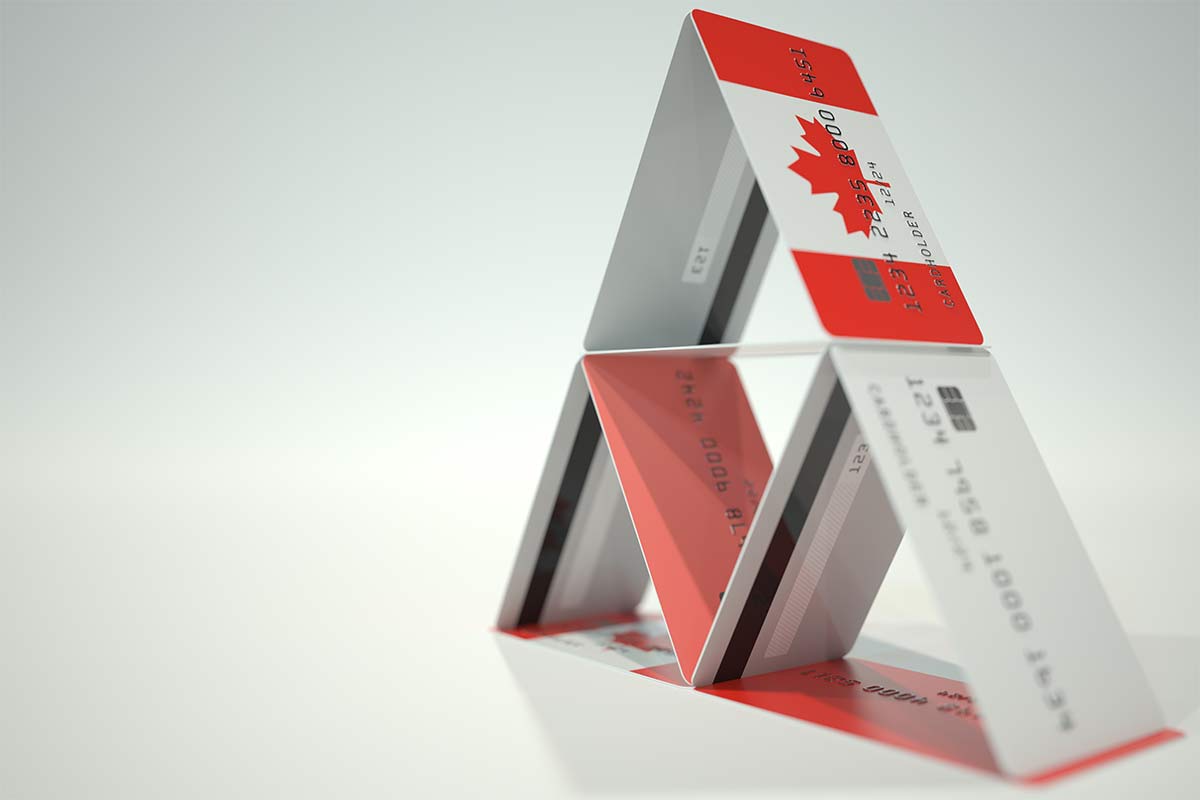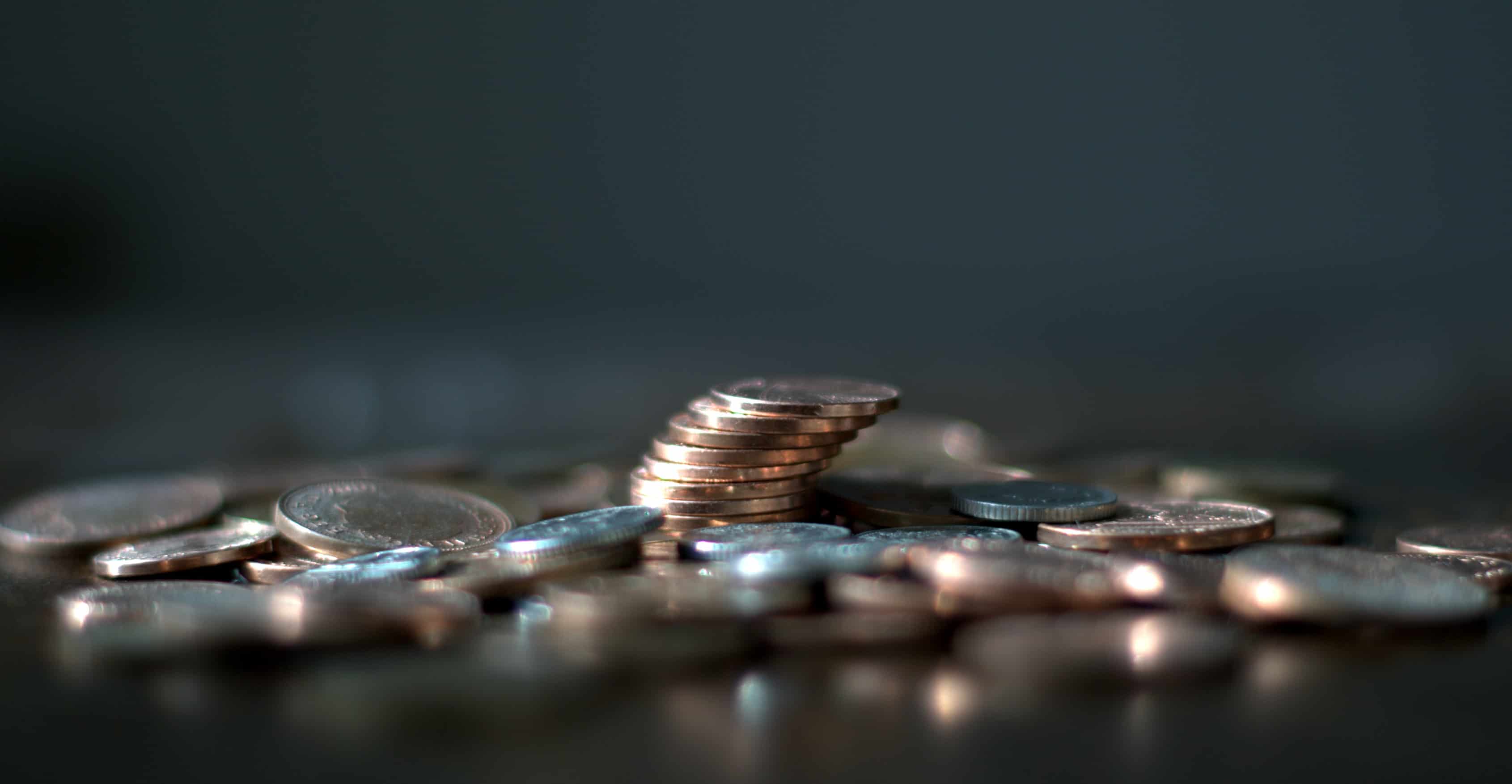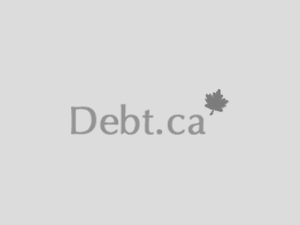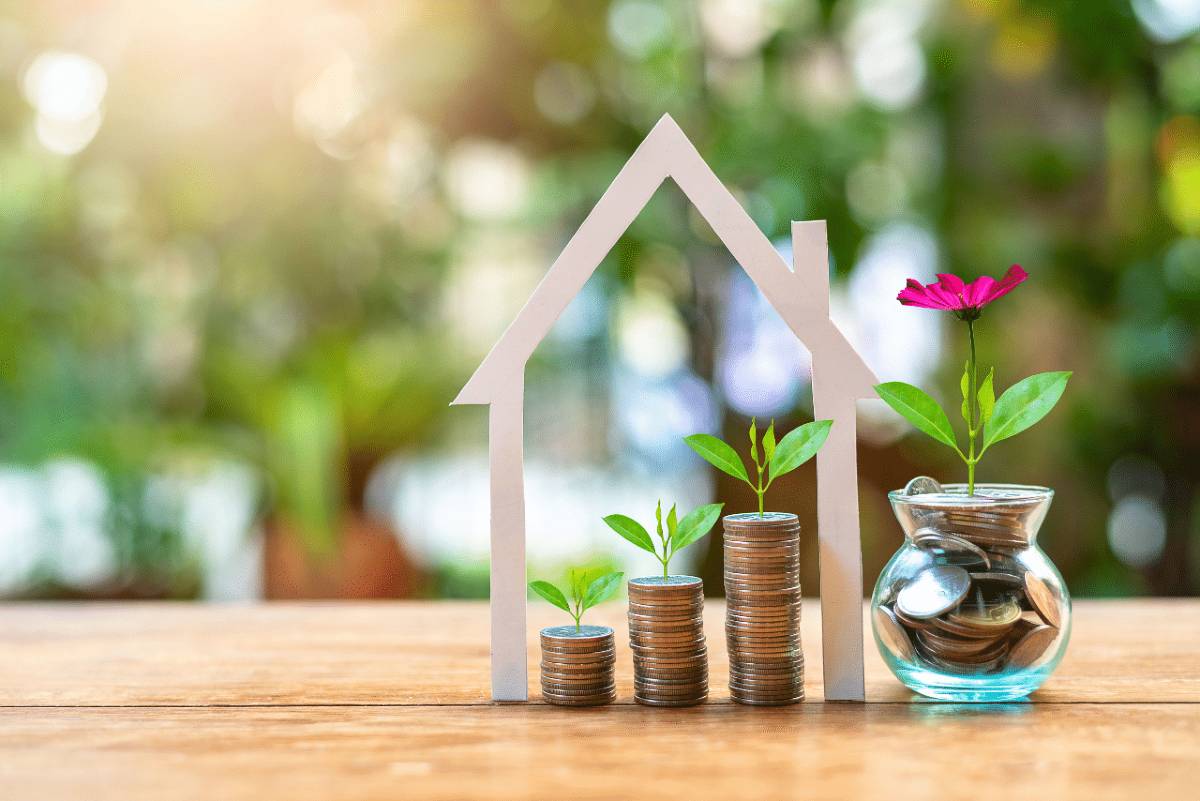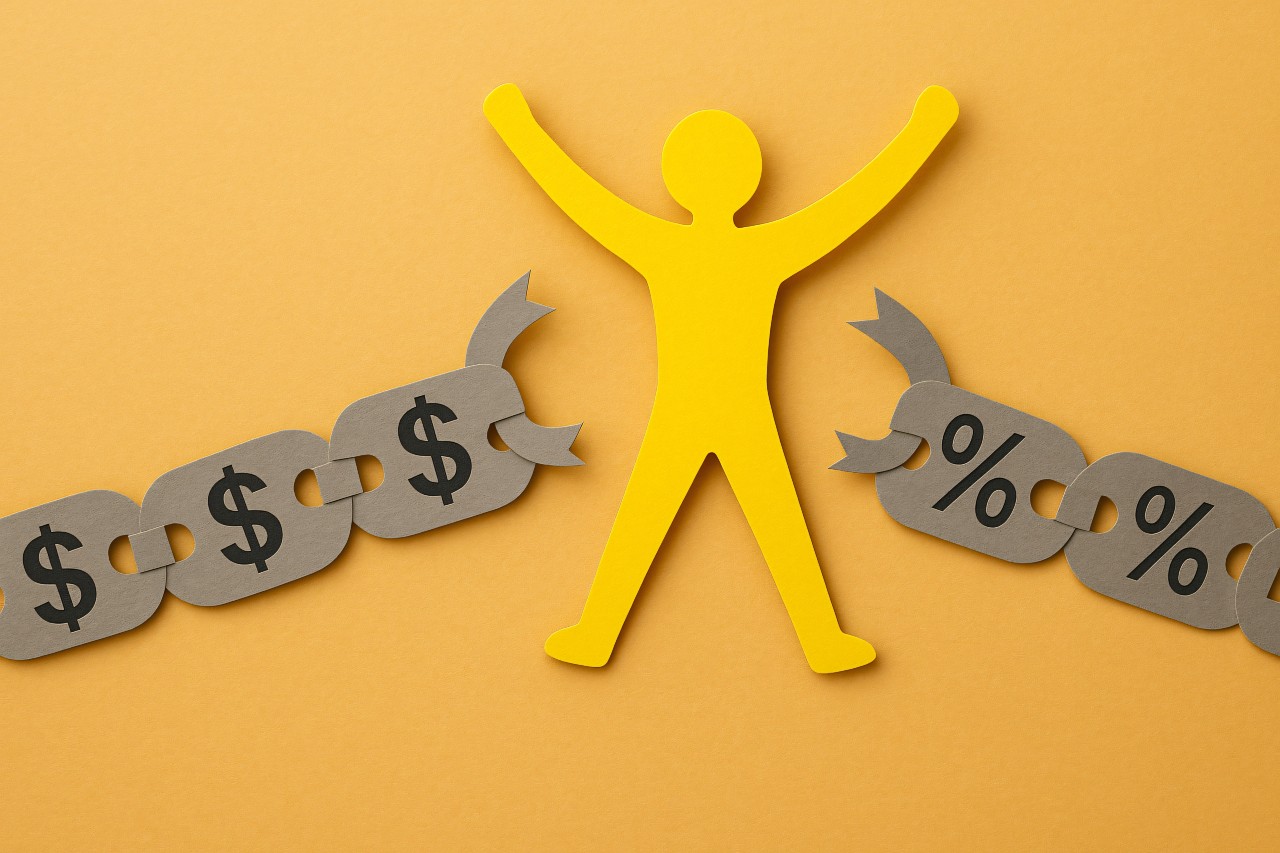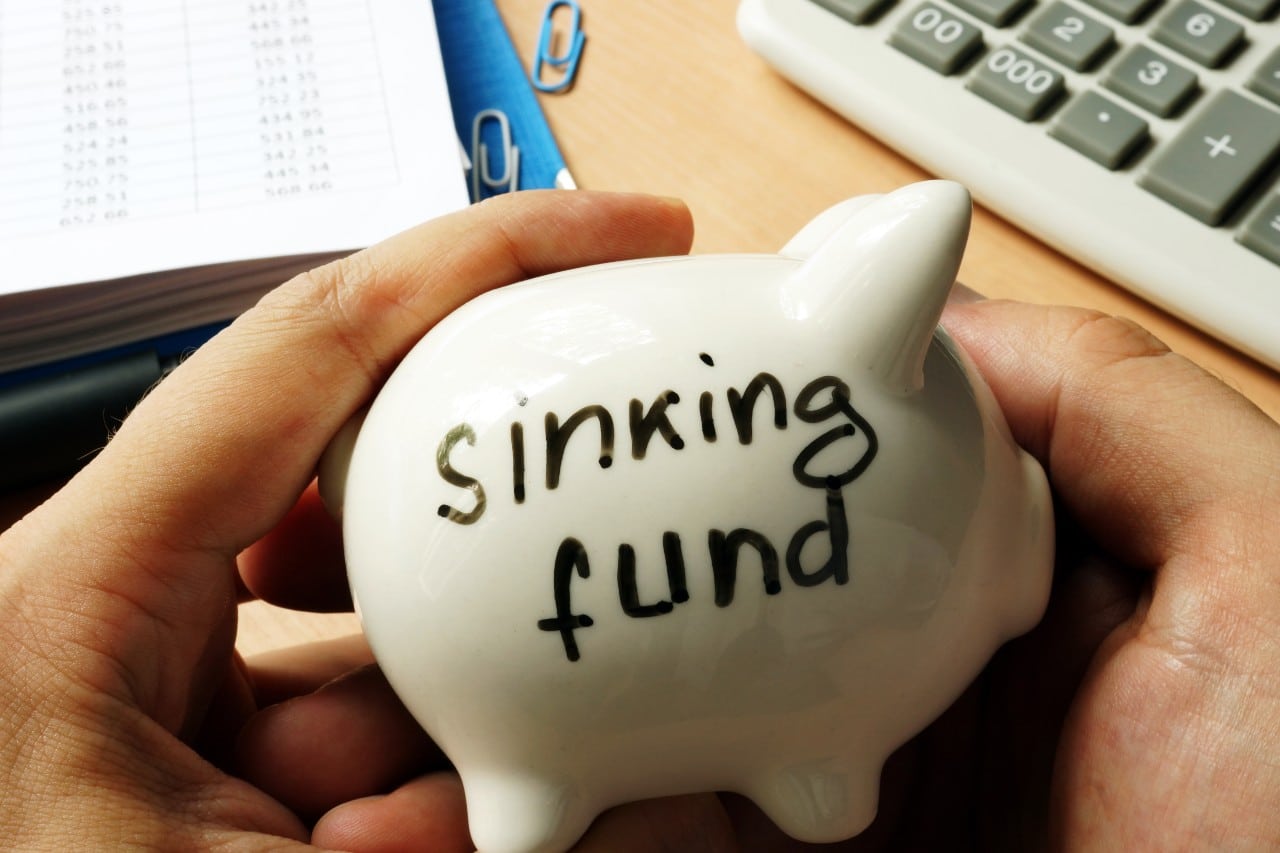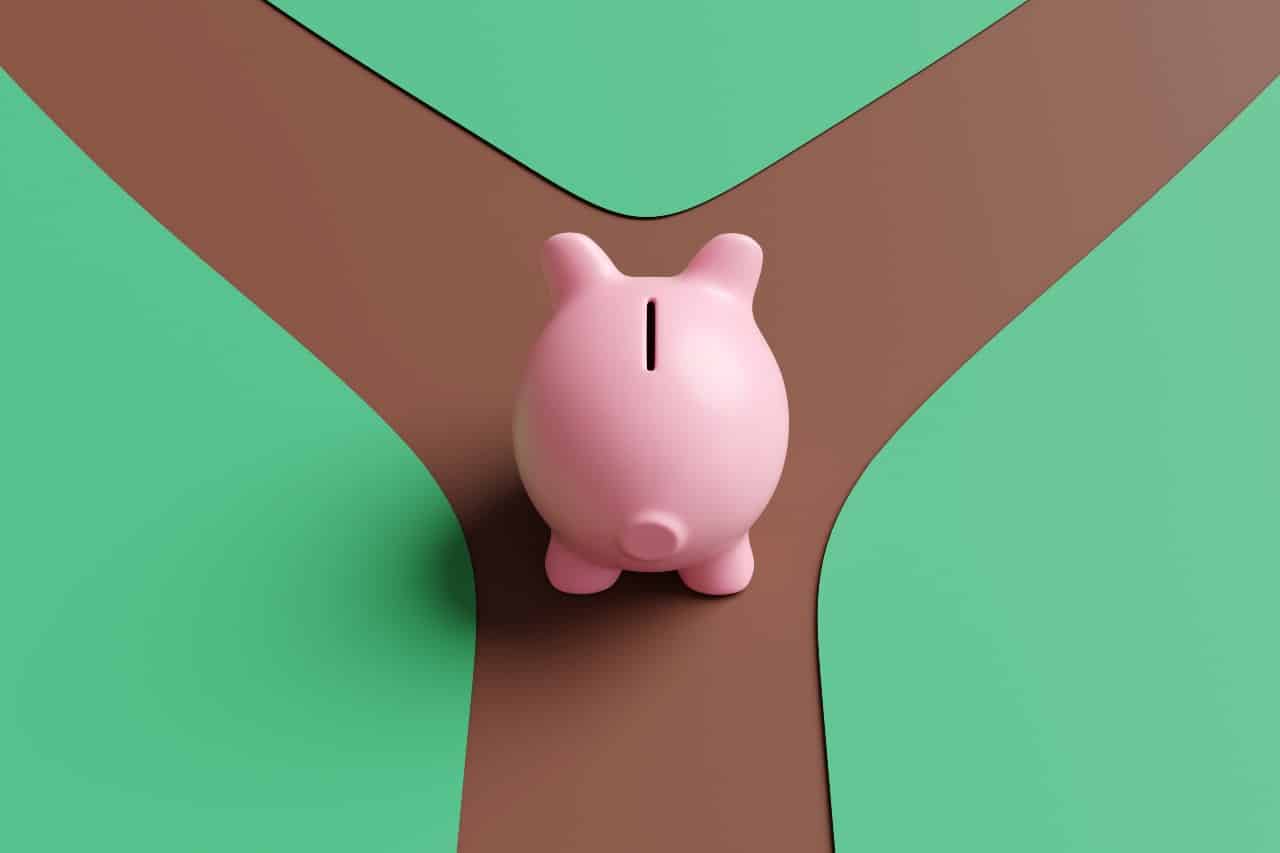Do you know the difference between secured debt and unsecured debt? Everyone is probably familiar with the concept of debt. You borrow money that you’ll use to pay for bills and other expenses. You then have to repay it with interest within a specified period. That’s a pretty basic explanation.
But did you know that there are two types of debt? Yes, there’s secured and unsecured debt, and it’s crucial to recognize the difference between the two when you’re borrowing money or having debt issues.
Learn more about the categorization of debt you owe to a credit card company or some other lenders.
What is Unsecured Debt?
Unsecured debt is money borrowed by a debtor who doesn’t pledge assets as security for the amount you owe to the lender. Examples of such assets that can be put down as security for the debt include an automobile or house.
Many consumers prefer this type of debt since they won’t lose an asset if they fail to pay back what they owe. In such cases, when they make late payments or default on their debt, lenders can’t repossess or foreclose on their property. Unsecured debt can be less stressful to handle and creates fewer problems for borrowers.
Another advantage of unsecured debt is that it enables you to try debt-relief options if you’re having trouble with a debt collector. Typical relief options include debt consolidation, debt management, and debt settlement.
Types of Unsecured Debt
There are several types of unsecured debt that you need to get familiar with whenever you want to borrow money.
Personal Loans
A personal loan is a type of unsecured debt that a borrower can use for various purposes, such as paying for home improvement or financing a business. Banks, credit unions, and online lenders offer unsecured loans to qualified consumers.
In general, personal loans come with lower rates of interest than credit cards, a feature that appeals to many borrowers. A borrower can qualify for a low-interest rate personal loan if they have a good credit score.
There will be a personal background check and a credit check to ensure that you can repay the loan. You also need to provide your valid IDs, full address, employment certification, tax returns, and bank statements to qualify for this loan option.
Credit Cards
A credit card allows you to use the money from a credit line to pay for various merchants’ products. The average interest rate for credit cards today is 15%. But failing to pay a minimum payment per month can cause your interest rate to go up to 25% to 30%. Having a higher interest rate to contend with can prolong the amount of time you take to pay off credit card debt.
That’s why it’s advised to pay more than the monthly minimum payment to save you money and get rid of your debt faster.
Private Student Loans
A private student loan is a type of unsecured debt that students borrow to pay for their college education and the fees associated with it, such as tuition, school supplies, books, and day-to-day expenses.
Private student loans are different from state-funded student loans. The former is provided by banks and private lending companies, while your local or state government funds the latter.
Cell Phone and Utility Bills
Making late payments or not paying your utility bills will only get you disconnected from the service. Utility companies can’t take any of your belongings or assets to cover your unpaid bills. That’s why unpaid utility bills are considered unsecured debt.
Medical Debt
Many people may incur debt related to a disease or illness. Although nobody wants to get ill and run up medical debt, unpaid medical bills are among the common debt today. However, medical debt doesn’t entitle a hospital to go for your assets if you’re unable to pay it.
Unsecured Debt vs. Secured Debt
We have already covered much about unsecured debt. Now, let’s define secured debt and its difference from the one we’ve previously explained.
When you have secured debt, it means that you have pledged your asset as security to the money you owe to the lender. Or if you obtain a loan to buy an asset and the lender has a lien on the asset until you repay what you owe in full.
A mortgage is an example of secured debt. Taking out a loan to purchase a house gives the bank power to seize or foreclose the property if you can’t make your regular mortgage payments. You’re also prohibited from selling the house without paying your lender from the proceeds of the sale.
So, there’s a pretty basic difference between secured and unsecured debt. The former comes with collateral, and the other does not.
Can unsecured debt become secure?
Yes, you can make an unsecured debt into secured debt. An example of this is when you use a home equity line or a second mortgage to pay off credit card balances. You can lower your monthly payment and interest rate when you do this, but you run the risk of losing your house if you can’t repay your debt.
Unsecured Debt Relief Options
If you’re struggling to pay unsecured debt, review options to lower your payment. They may also help get rid of the debt faster.
Debt Consolidation
Having too many debts is indeed a tough situation to be in. But you can merge those debts into one by taking out a debt consolidation loan. This type of debt relief option allows you to lower your monthly payment and makes it easier for you to pay your debt.
Debt Management Plan
A credit counselling agency administers a debt management plan, which helps you pay your unsecured debts according to your budget. Your minimum payment to each of your creditors will be lowered, as well as the interest rate of your debt. It typically takes about 3 to 5 years to eliminate your debts through a debt management plan.
Debt Settlement
Debt settlement is an option to pay less than the full amount of your unsecured debts. This happens with the help of a debt settlement company, which will be the one to negotiate with your creditors.
A monthly payment will be sent to the company, and when the creditors agree to the settlement, a lump sum payment will be paid to your creditors using the cash you have been sending to the debt settlement company.
Takeaway
It’s crucial to know what is unsecured debt and secured debt. When you’re new to borrowing money or taking out any form of credit, you should study the difference between the two. Knowing can help you choose a better financing option that suits your financial situation.
